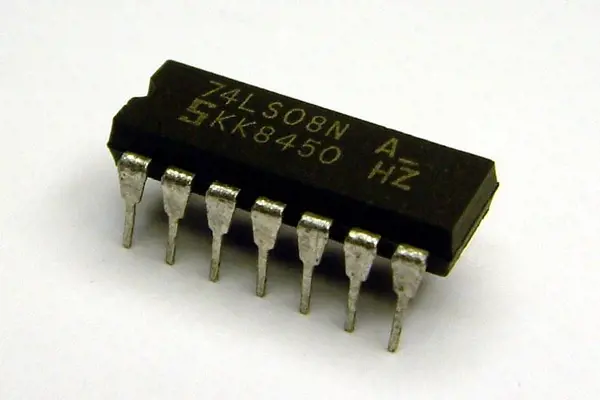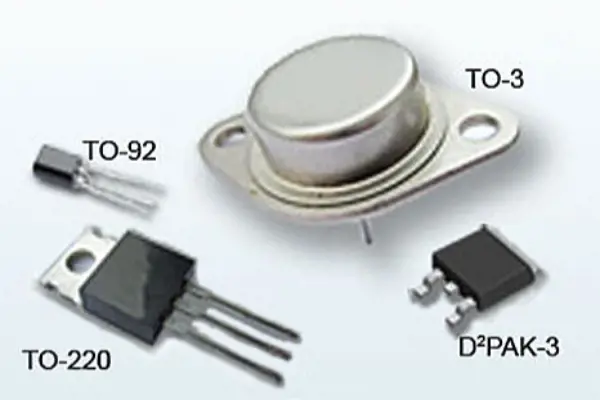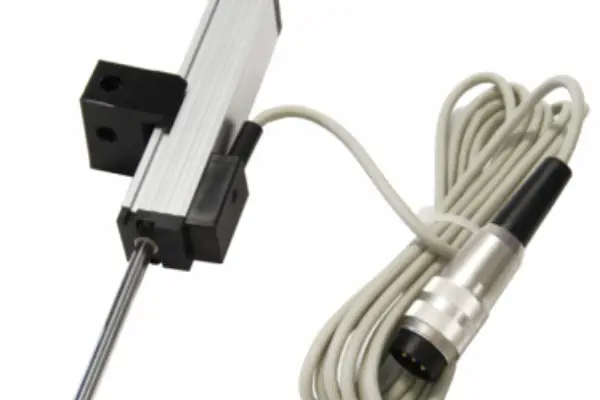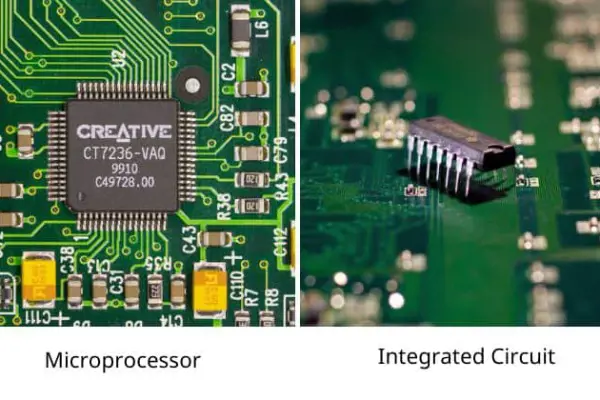LM555 vs NE555: Are They Equivalent and Main Differences
 Published: Jul 20, 2023
Published: Jul 20, 2023
Contents
The LM555 and NE555 are two commonly used integrated circuits (ICs) known as timers or oscillators, widely employed in various electronic applications. While both ICs serve similar functions and share the same pinout configuration, they are not entirely equivalent.
555 Timer IC
In this article, we will explore the similarities and differences between the LM555 and NE555 ICs, shedding light on their unique features and applications. Whether you are an electronics enthusiast, a hobbyist, or a professional engineer, understanding the distinctions between the LM555 and NE555 will enable you to make informed decisions when selecting the most appropriate IC for your electronic projects.
Part 1. What is LM555 and NE555
LM555 and NE555 are both designations for the same integrated circuit (IC) known as the 555 timer IC. The 555 timer IC is a versatile and widely used device designed for precision timing and pulse generation applications in electronic circuits. It was first introduced in 1972 by Signetics (now part of ON Semiconductor) and has since become one of the most popular and enduring ICs in electronics due to its simplicity, low cost, and ease of use.
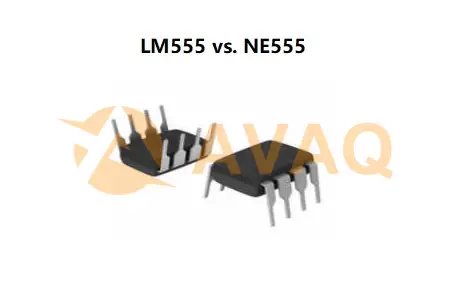
1. LM555
LM555/LM555C series are time base circuits of National Semiconductor Corporation.LM555/LM555C series are powerful, flexible, wide range of applications, and can be used to generate time delay and a variety of pulse signals, which are widely used in a variety of electronic products.555-time base circuits are bipolar and CMOS type.LM555/LM555C series belong to the bipolar type, and the advantage is that the output power is large and the drive current is up to 200mA.
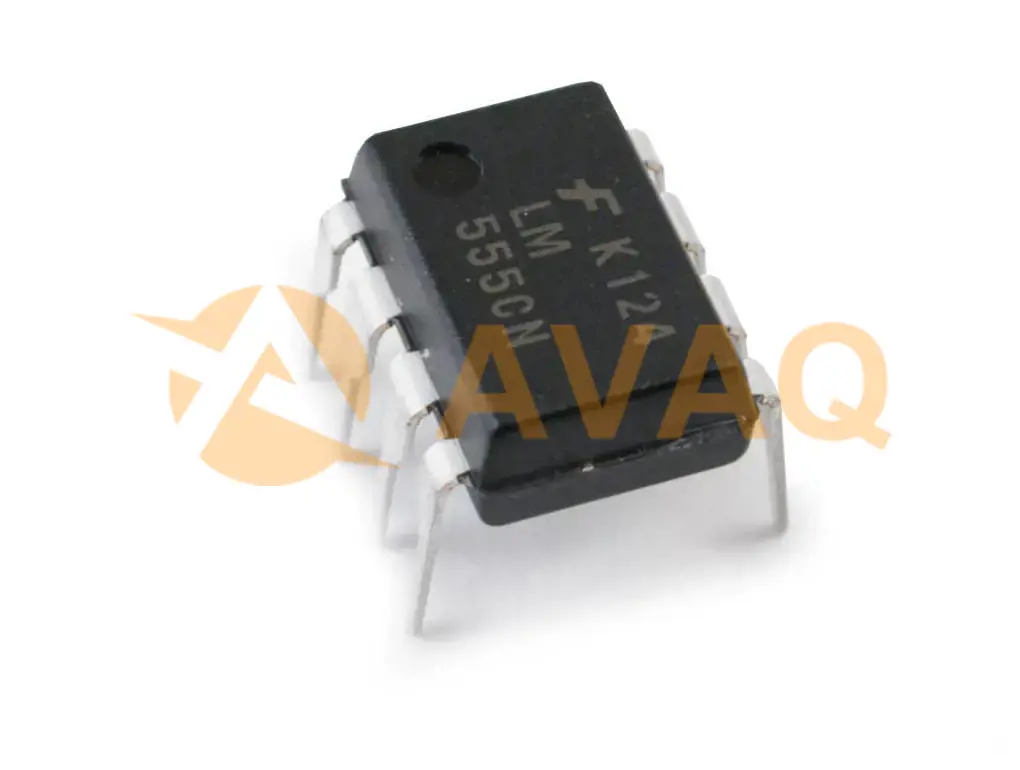
LM555/LM555C series belong to bipolar type, the advantage is that the output power is large, the drive current is up to 200mA, while the other CMOS type has the advantages of low power consumption, low supply voltage, high input impedance, but the output power is much smaller, the output drive current is only a few milliamps.
1) Features
- Direct replacement for the SE555/NE555.
- Timing times from microseconds to hours.
- Can operate in both unregulated and monostable mode.
- Adjustable duty cycle.
- Outputs can receive and supply 200mA.
- Output voltages are TTL level compatible.
- Temperature stability better than 0.005%/°C.
2) Application
- Precision timing
- Pulse generation
- Continuous Timing
- Frequency conversion
- Pulse Width Modulation
- Pulse phase modulation
2. NE555
NE555 (Timer IC) is an 8-pin time base integrated circuit, released by Signetics Corporation around 1971, and at that time it was the only very fast and commercially available Timer IC. NE555 is small in size, light in weight, stable and reliable, with a wide range of operating power supplies, a strong current supply at the outputs, a high degree of timing accuracy, good temperature stability, and a low price. The NE555 is a commercialized Timer IC.
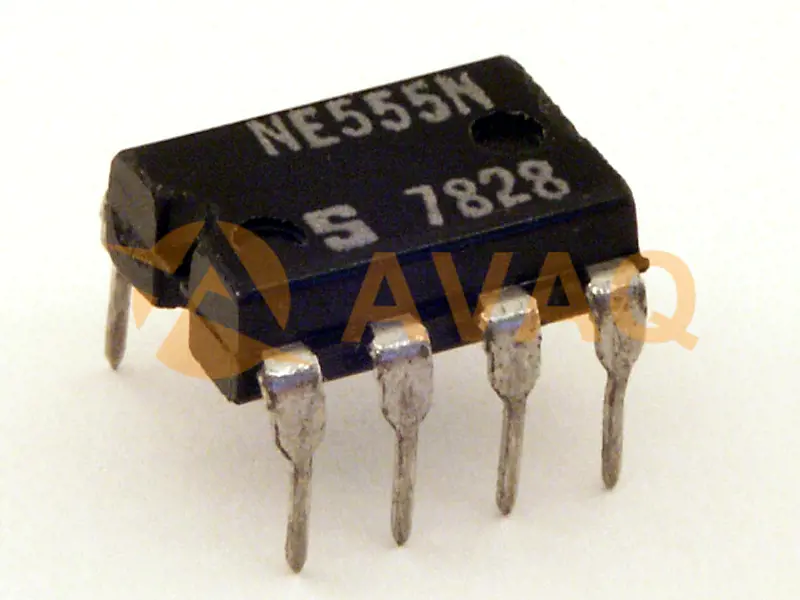
NE555 is one of the models belonging to the 555 series of timing ICs, 555 series of ICs are compatible with the pin function and application, but only different models due to its price difference in its stability, power saving, oscillation frequency can be generated is not quite the same; and 555 is a very wide range of uses and is quite a common timing ICs, only a few resistors and capacitors, can produce a variety of digital circuits require a different frequency of the pulse signal. The 555 is a versatile and popular timing IC that can generate a variety of pulse signals at different frequencies for digital circuits with a few resistors and capacitors.
1)Features
1. Simple resistors and capacitors are all that is needed to accomplish a specific oscillation delay. Extremely wide delay range, from a few microseconds to several hours.
2. Its operating power supply range is very large, with TTL, CMOS and other logic circuits, that is, its output level and input trigger level, can be matched with these series of logic circuits, high and low level.
3. Its output supply current is large, can directly promote a variety of automatic control of the load
4. It has high timing accuracy, good temperature stability and low price.
2) Manufacturer
NE555 manufacturer which is mainly produced by five manufacturers, five major brands of technology,
NXP, TI , NEC Nippon, ST STMicroelectronics, FAIRCHILD.
Part 2. LM555 VS NE555: Are They Equivalent
Yes, LM555 and NE555 are considered equivalent. Both LM555 and NE555 refer to the same 555 timer IC, and they are functionally identical. The only difference between the two is the naming convention used by different manufacturers. They can be used interchangeably in electronic circuits without any functional differences.
Whether you use an LM555 or NE555 in your circuit, you can expect them to perform the same timing functions and produce identical results. When working with either of these timer ICs, always refer to the specific datasheet from the manufacturer for precise information about their characteristics, recommended operating conditions, and application guidelines.
Part 3. LM555 VS NE555: Main Differences
The LM555 was designed by National Semiconductor.The LM555 is a direct replacement for the NE555.Some of the specifications of the NE555 (e.g., output pulse rise and fall times) provide maximum specifications, while the LM555 provides only typical values.The trigger current of the NE555 has the same typical values, but the maximum values are slightly higher.
|
NE555 |
LM555 |
|
Output timing depends on temperature and supply voltage |
Output timing is relatively independent of temperature and supply voltage |
|
Trigger pins have higher priority |
Threshold pins have a higher priority level |
LM555 VS NE555: Internal Circuit
The following figure shows the internal circuits of LM555 and NE555:

LM555 VS NE555: Pinout
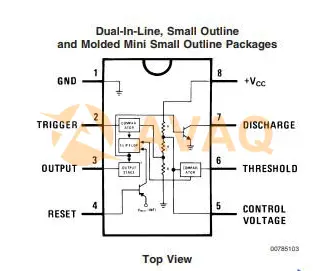
LM555 Pinout
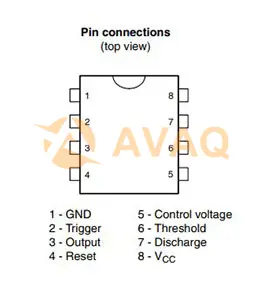
NE555 Pinout
Although "pin" compatible, the changes in the LM555 make the circuit behave very differently compared to the NE555.
As we know from the internal diagrams, in the LM55 we have replaced the fixed resistor with an active load. One of the main benefits of switching from resistors to active loads is that it reduces the dependence of output timing on temperature and supply voltage.
Another difference is that in the original NE555, the trigger signal has a higher priority, while in the LM555, the threshold signal has a higher priority.
In general, in 555 timer, the output goes high when pin 2 (trigger) is below 1/3V CC and low when pin 6 (threshold) is above 2/3V CC.
In the NE555, if the trigger pin goes low, the output goes low even if the threshold pin is high.
However, in the LM555, the output remains low even if the trigger pin goes low, and the output goes high again only when the threshold pin goes low.
There have been reports of extra unwanted pulses on the output of the LM555, which may be due to the different priorities assigned to the threshold and trigger pins.
Part 4. Advice for buying LM555 VS NE555
When choosing to purchase the LM555 and NE555, their functions are essentially the same, despite their minor differences. Here are the key points to keep in mind when purchasing:
#1 Manufacturer and Brand: The LM555 is manufactured by Texas Instruments (TI), while the NE555 is manufactured by other manufacturers (e.g. ON Semiconductor, etc.). If you have a requirement for a specific brand, be sure to verify that the manufacturer and brand of the product you are purchasing meets your requirements.
#2 Part Number Verification: Verify that the part number (LM555 or NE555) of the purchased IC is correct to avoid wrong selection.
#3 Parameters and Characteristics: Check the datasheet to make sure the parameters and characteristics of LM555 and NE555 meet your project requirements, such as operating voltage range, operating temperature range, etc.
#4 Package Type: Determine the required package type (e.g. DIP-8, SOP-8, etc.) to fit your board design and assembly process.
#5 Purchase Channel: Select a reputable electronic component supplier or authorized distributor to ensure the authenticity and quality of the products purchased.
#6 Anti-counterfeiting measures: Take care to prevent the purchase of shoddy products. Purchase original and genuine products from reliable sources to minimize the risk of encountering counterfeit ICs.
#7 Storage and Handling: After receiving the product, store it properly in an anti-static bag to avoid moisture and extreme temperature effects.
In addition, there are other alternatives available besides LM555 and NE555. The following are some common alternative devices:
- TLC555: This is the CMOS version of the 555 timer with lower power consumption, suitable for applications requiring higher battery life.
- LMC555: A low power version of the 555 timer for electronic devices with stringent battery life requirements.
- ICM7555: Another CMOS version of the 555 timer, similar to the TLC555 with low power consumption.
These alternatives can be used interchangeably with the LM555 and NE555 in most applications, but it is still important to refer to each device's datasheet when making your selection to ensure that its parameters and characteristics match your design.
Conclusion
In conclusion, while the LM555 VS NE555 ICs share the same basic functionality and pinout, they do exhibit certain differences in their electrical characteristics and internal design. The LM555 offers advantages in terms of wider operating voltage ranges and higher output current capabilities, making it suitable for more demanding applications. On the other hand, the NE555 may be preferred in applications where power consumption is a critical consideration due to its lower power consumption.
When selecting between the LM555 and NE555, carefully consider the specific requirements of your project, such as voltage levels, current demands, and power constraints, to ensure the optimal choice for your application. Stay updated with the latest advancements in timer IC technology, explore datasheets and technical documentation, and make informed choices to leverage the capabilities of the LM555 and NE555 in your electronic designs. Embrace the versatility and functionality offered by these timer ICs, and unlock new possibilities in electronic circuit design and timing applications.
 FAQ
FAQ
- Can LM555 and NE555 operate at different voltage levels?
- The operating voltage range of LM555 and NE555 is typically the same, usually from 4.5 volts to 16 volts. However, specific versions and part numbers may have different voltage ratings, so it's essential to check the datasheets for the exact operating voltage range of the chosen IC.
- Which one should I choose between LM555 and NE555?
- The choice depends on factors such as availability, pricing, and personal preferences. Both ICs offer the same functionality and can be used interchangeably in most cases. Consider factors like manufacturer reputation, package type, and supply chain availability when making a decision.
- Can LM555 and NE555 be used interchangeably?
- Yes, they can be used interchangeably in most applications. Since their internal circuitry and functionality are almost identical, they can be used as drop-in replacements for each other without any significant changes to the circuit design.
- Are there any differences in the functionality of LM555 and NE555?
- No, they have identical functionality and pinouts. They are designed to operate as a timer or oscillator, and their internal circuitry and electrical characteristics are nearly identical.
LM555CM/NOPB In Stock: 4313
 Popular Industry Focus
Popular Industry Focus
Hot Products
-
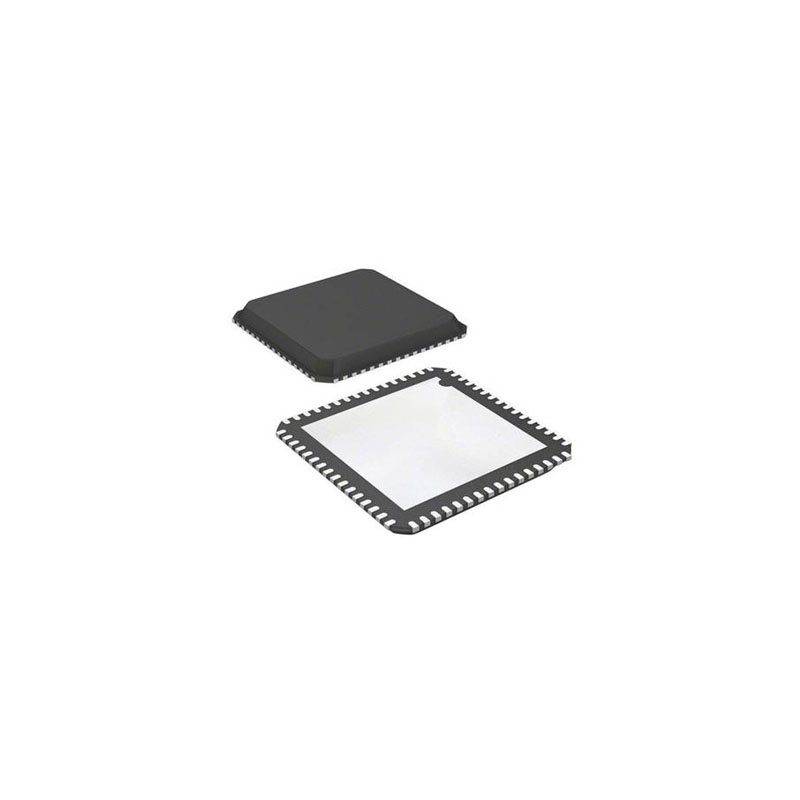
CC3220SF12ARGKR
Texas Instruments, Inc
SimpleLink™ 32-bit Arm Cortex-M4 Wi-Fi® wireless MCU with 1MB Flash and 256kB RAM
-
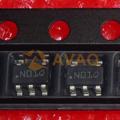
DS90LV011AQMF/NOPB
Texas Instruments, Inc
Automotive LVDS differential driver
-
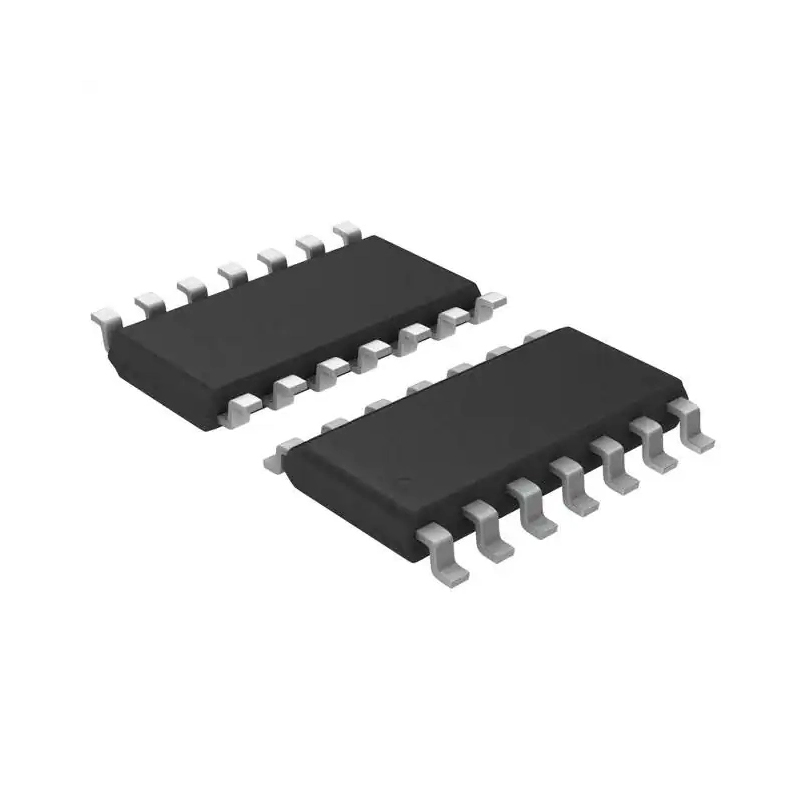
LMH6722MAX/NOPB
Texas Instruments, Inc
Quad Channel, Wideband Video Amplifier
-
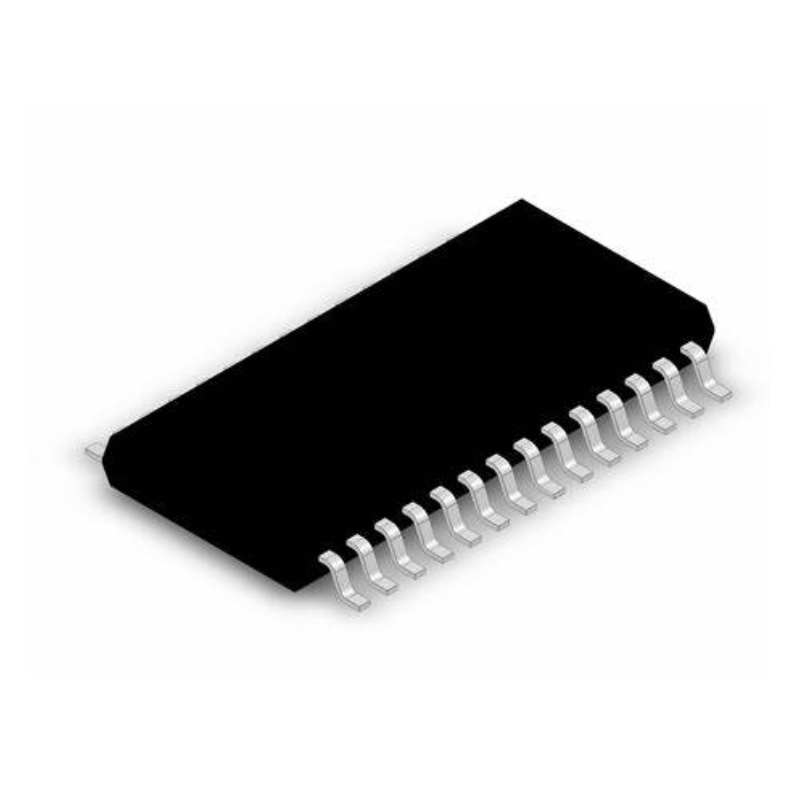
TLV320AIC12KIDBTR
Texas Instruments, Inc
Low-Power Mono Voice Band CODEC with 8-ohm Speaker Amplifier
-
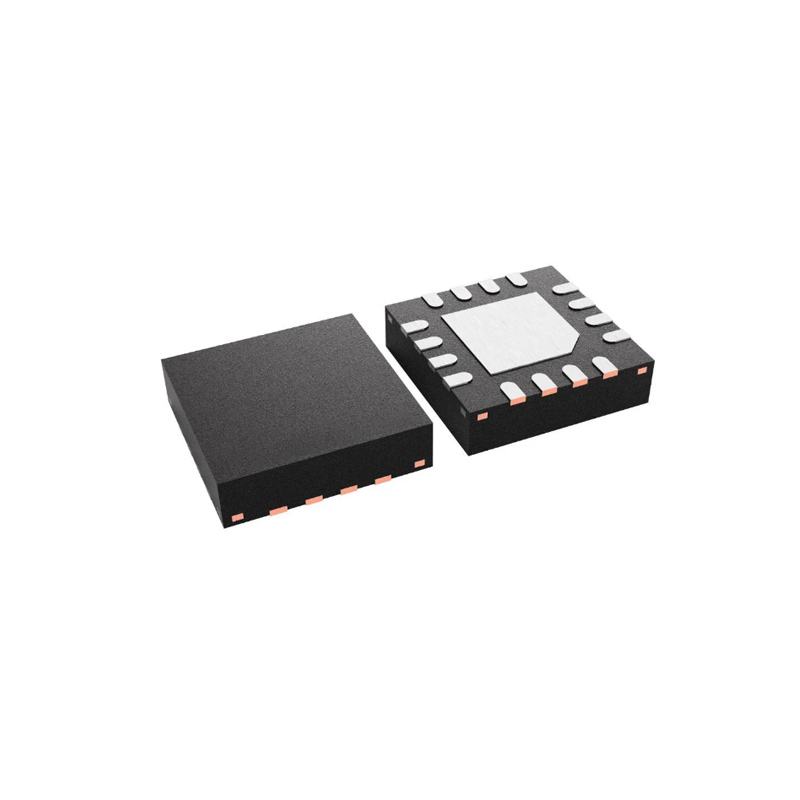
DS92LX2121SQE/NOPB
Texas Instruments, Inc
10-MHz to 50-MHz DC-balanced Channel Link III Bi-Directional control serializer
-
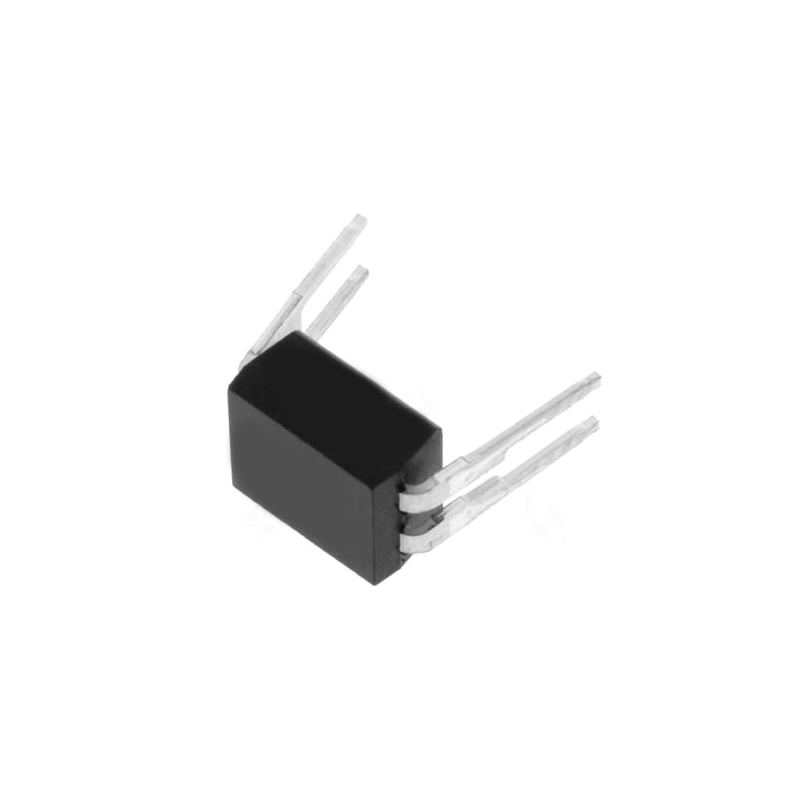
DAC0808LCN/NOPB
Texas Instruments, Inc
8-Bit D/A Converter
Related Parts
-

AT97SC3204-X4A1410B
Microchip Technology, Inc
Microchip Technology
-

BCM47754KUBG
Broadcom Corporation
GNSS Receiver with Integrated Sensor Hub
-
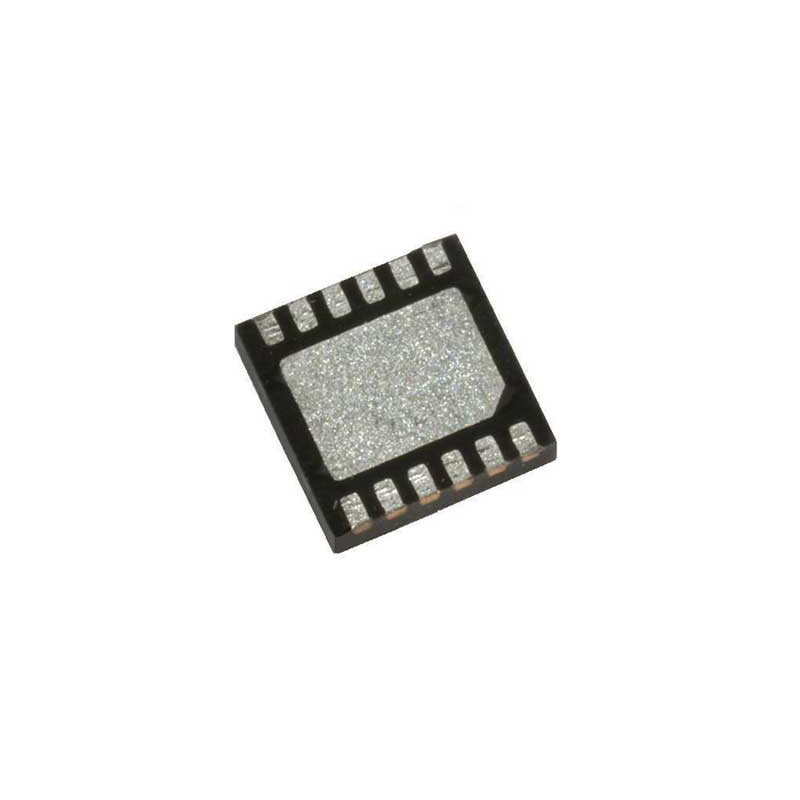
L6363
STMicroelectronics, Inc
Read Write Channel 100-Pin TQFP
-
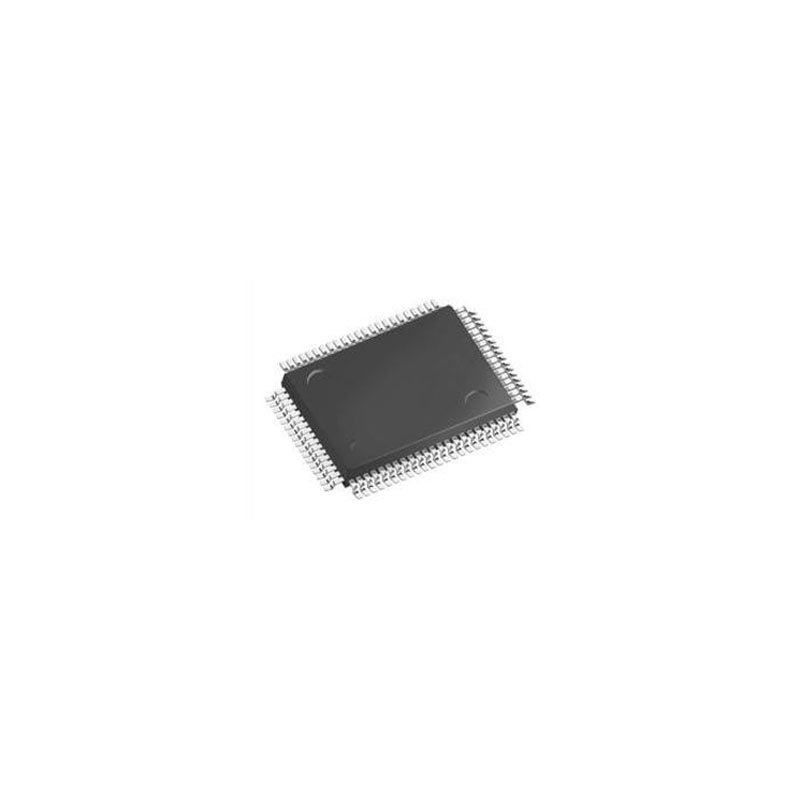
W83697UF
Nuvoton Technology Corporation
I/O Controller LPC Controller 128-Pin PQFP
-

JG82845 SL8D8
Intel Corp
MEMORY CONTROLLER HUB (MCH) FOR SDR
-
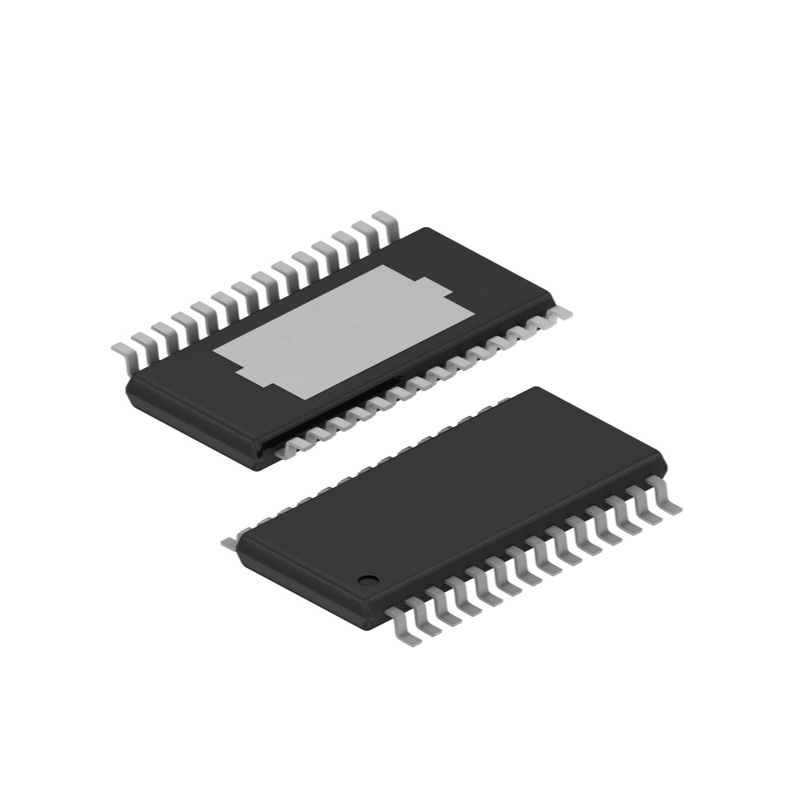
AT97SC3204-X4A1310B
Microchip Technology, Inc
Microchip Technology
-
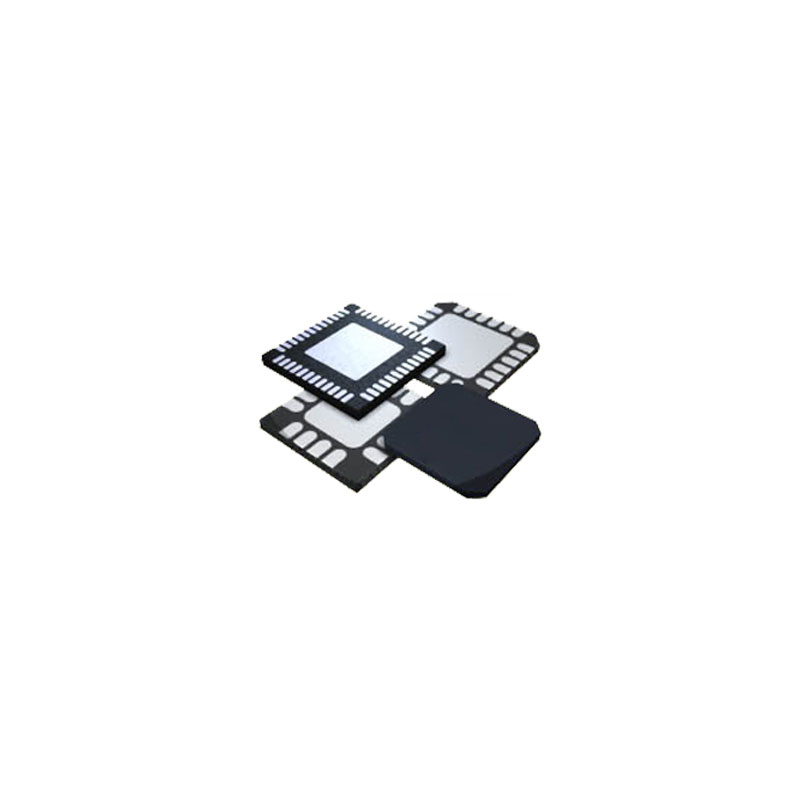
UBX-G5010-ST
U-BLOX AG
Single Chip GPS Receiver, 56 Pin
-
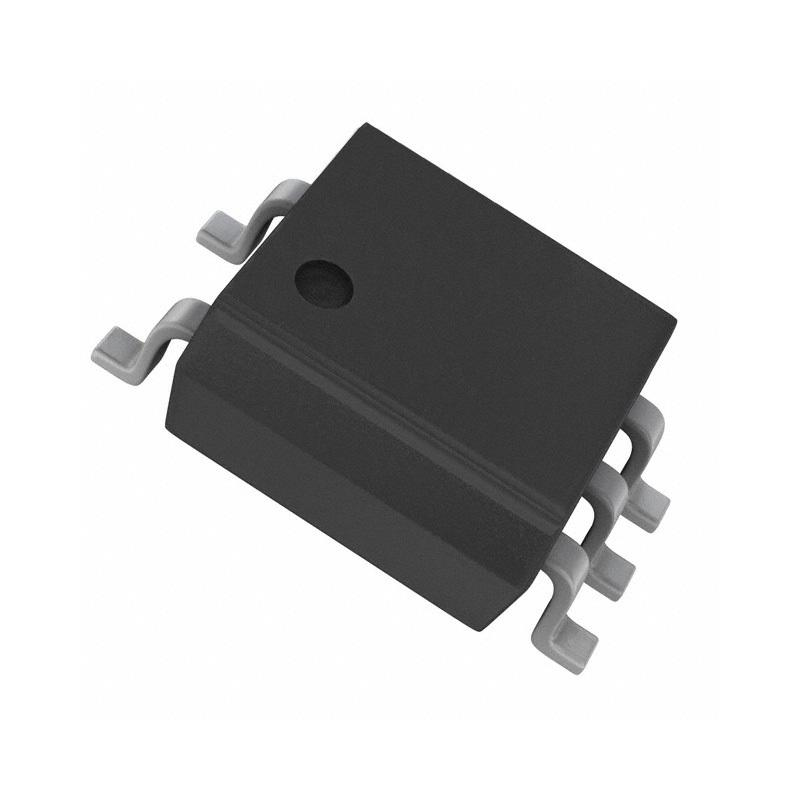
CNFE1004SAC1A-M
Communication Networks
Ethernet Electrical To Optical Media Converter
-
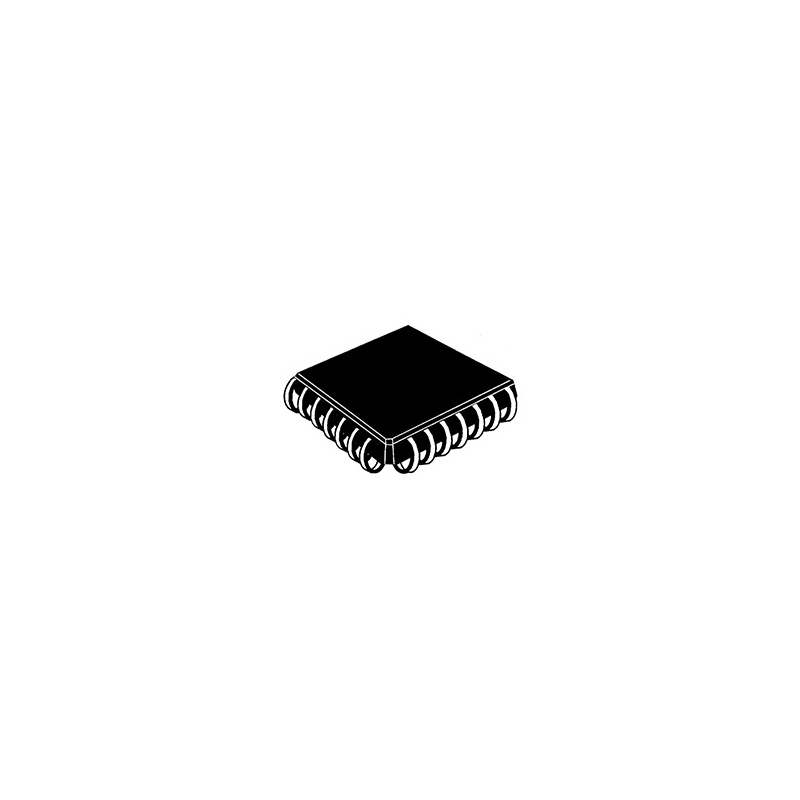
CS5320-KL
Cirrus Logic, Inc
Cirrus Logic CS5320-KL
-

NH82801HBM SLA5Q
Intel Corp
I/O Controller 676-Pin TBGA
-

TU20-D411-001
Navman Incorporated
JUPITER 20 GPS RECEIVER MODULE
-

TQP9218
QORVO INC
RF Amplifier 1.805-1.88GHz 50 Ohm Gain 31dB PAE 16%
-
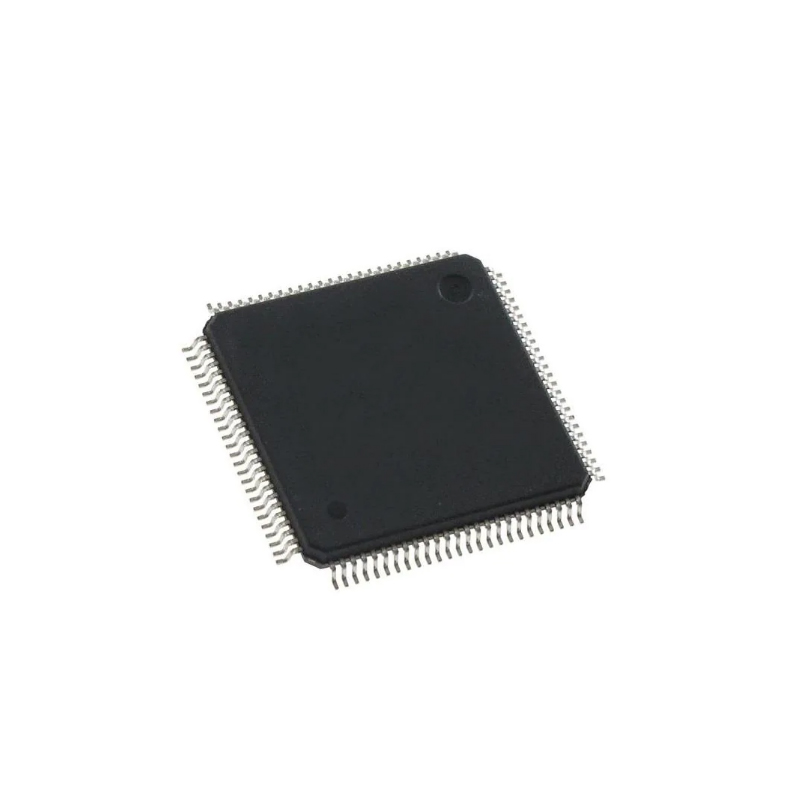
RTL8139D-LF
REALTEK
Single-Chip 10/100M Fast Ethernet Controller
-
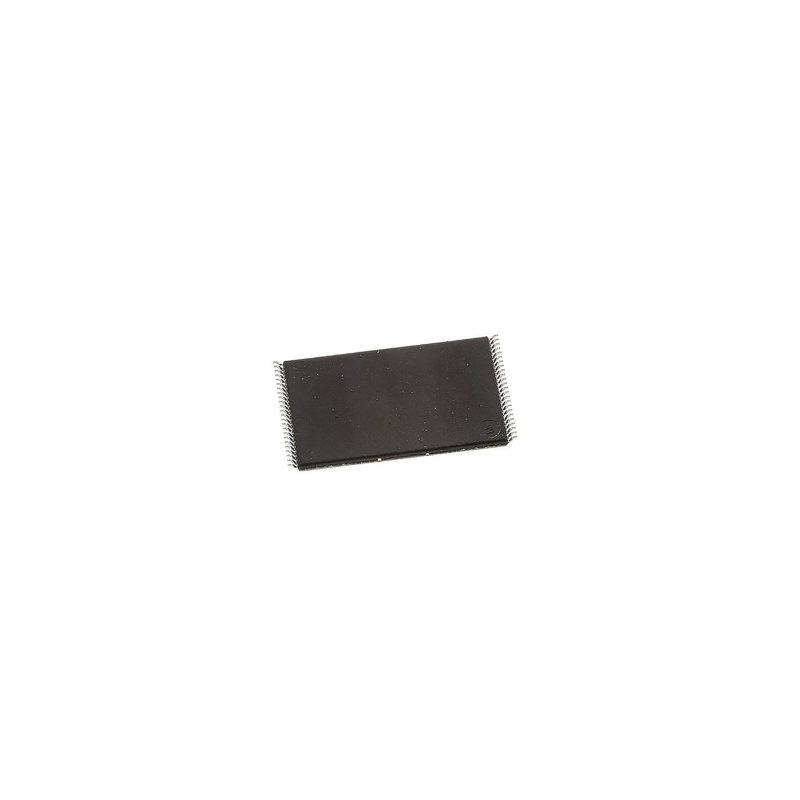
K9G8G08U0M-PCB0
SAMSUNG
Flash, 1GX8, 20ns, PDSO48
-

IT6613E
ITE
Transmitter 1TX 100-Pin LQFP

 Update Time: Jul 21, 2023 Consumer Electronics
Update Time: Jul 21, 2023 Consumer Electronics